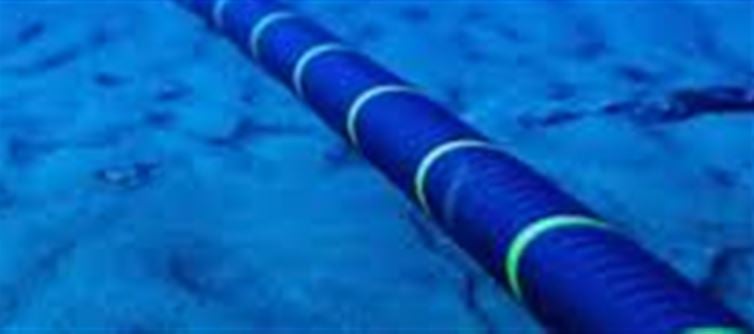
Millions of users across Asia, including india, are facing unusually slow internet speeds and service disruptions due to major damage to undersea cables in the Red Sea region. These cables form a crucial part of the global internet backbone, and the disruption is now affecting browsing, video streaming, international calls, and even large-scale business operations.
🚢 What Happened in the red Sea?
According to reports from global telecom and internet monitoring agencies, multiple undersea fiber optic cables were damaged in the red Sea — one of the busiest data corridors in the world. These cables carry enormous amounts of data traffic between Europe, Asia, and Africa.
Experts believe that the damage may have been caused by anchor drags from ships, natural undersea movements, or in some cases, even geopolitical tensions in the region. Repair operations are already underway, but they are expected to take weeks, as specialized ships are required to locate, retrieve, and mend the broken cables at deep-sea levels.
🌏 How india and Asia Are Affected
India: Users are reporting slower speeds on global websites, cloud services, and international apps. Businesses dependent on overseas servers, such as IT firms, stock market traders, and call centers, are among the hardest hit.
Other Asian Nations: Countries including Singapore, Malaysia, and the gulf states are also facing connectivity drops. This is because internet data usually flows along fixed undersea routes, and when one corridor is disrupted, the load shifts to alternate routes, creating congestion.
Everyday Impact: people are experiencing buffering in video streaming, delays in online payments, and interruptions in video calls. social media uploads and large file transfers have become particularly slow.
🛠️ Efforts to Restore Connectivity
Telecom operators are working closely with global cable consortiums to reroute data traffic through alternative undersea networks. While this has prevented a total blackout, it has led to congestion and delays. Repair ships are expected to be dispatched soon, but undersea cable restoration is a complex and time-consuming process that could stretch into weeks.
🔮 What This Means for the Future
The red Sea cable cut highlights the vulnerability of the global internet infrastructure. Just a few breaks in strategic locations can affect millions of users and businesses worldwide. Experts say this incident underscores the urgent need to diversify internet routes, build redundant cable systems, and explore satellite-based internet solutions to reduce dependence on limited undersea pathways.
📌 Bottom Line
For now, users in india and Asia will have to cope with slower-than-usual internet speeds until full repairs are completed. The red Sea cable cut is a reminder of how interconnected — and fragile — the wallet PLATFORM' target='_blank' title='digital-Latest Updates, Photos, Videos are a click away, CLICK NOW'>digital world truly is.
Disclaimer:
The views and opinions expressed in this article are those of the author and do not necessarily reflect the official policy or position of any agency, organization, employer, or company. All information provided is for general informational purposes only. While every effort has been made to ensure accuracy, we make no representations or warranties of any kind, express or implied, about the completeness, reliability, or suitability of the information contained herein. Readers are advised to verify facts and seek professional advice where necessary. Any reliance placed on such information is strictly at the reader’s own risk..jpg)




 click and follow Indiaherald WhatsApp channel
click and follow Indiaherald WhatsApp channel